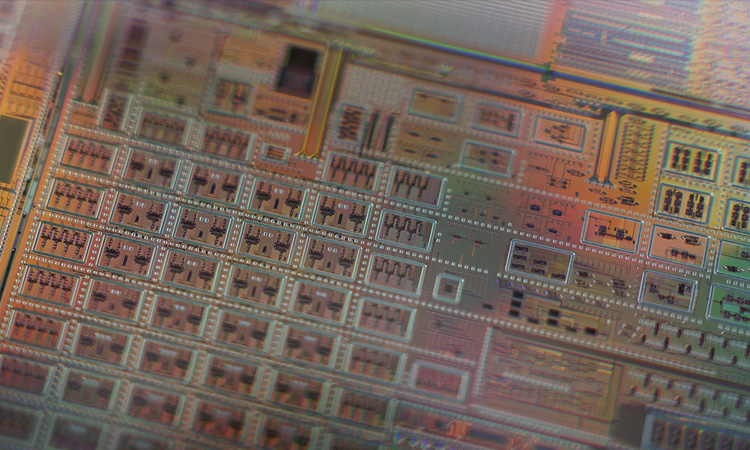Feature
Programmable Photonics
With the addition of programmability and software, photonic chips can enter a new era of flexibility, creativity and diverse applications.
 A programmable silicon photonic chip (fabricated in imec’s silicon photonics platform) that has been enhanced with photonic MEMS phase shifters in the European project PHORMIC. [imec / Ghent University]
A programmable silicon photonic chip (fabricated in imec’s silicon photonics platform) that has been enhanced with photonic MEMS phase shifters in the European project PHORMIC. [imec / Ghent University]
Photonic chips, also called photonic integrated circuits (PICs), have become vital in our daily lives, often in unseen ways. Data centers wired up with millions of fiber optic connections, powered by transceivers with photonic chips, keep the internet and machine-learning models running. Light, after all, is an ideal information carrier. And photonic chips—combining light sources, electro-optic modulators, wavelength filters, photodetectors and other building blocks into an optical circuit—are the ideal technology for optical information processing, especially as the chips become increasingly complex and configurable. Yet even today, PICs are used mostly as simple converters between electrical and optical signals in fiber optic networks.
…Log in or become a member to view the full text of this article.
This article may be available for purchase via the search at Optica Publishing Group.
Optica Members get the full text of Optics & Photonics News, plus a variety of other member benefits.

